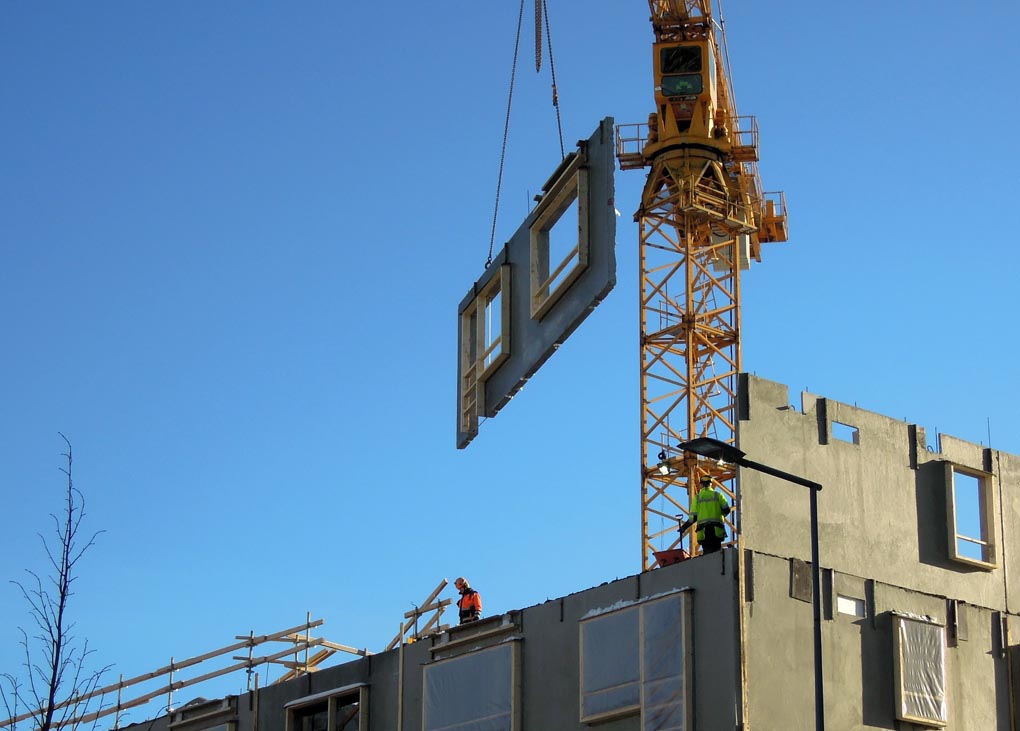Researchers from the University of South Australia and Aston University in the UK have calculated the potential cost savings for builders using modular production techniques, where much of the construction happens offsite in controlled conditions.
The cost model calculated by the researchers estimated the impact of weather on each building activity, including portions of the build (such as bathroom pods) up to the entire structure.
According to the model, savings came in at approximately AUD$40,000 on a build worth AUD$6.4 million, amounting to a 0.6 per cent saving. This takes on significant meaning in the current climate where average construction profit margins are just 4.2 per cent, the researchers say.
Senior lecturer in STEM at UniSA and co-author of the paper Dr Ki Pyung Kim says weather is often identified as one of the top causes for delays and subsequent cost increases in the building industry, affecting 45 per cent of projects worldwide.
So by replacing many onsite activities with modules built offsite, builders can minimise construction delays caused by weather, and keep costs from blowing out, Dr Kim says.
However, rainfall is the not the only key weather concern for builders. The researchers note that with global warming expected to push temperatures up worldwide, working conditions on construction sites are likely to become more difficult generally.
“There are many pressures on the construction industry right now, including lack of skilled labour, reductions in profit margins, lack of sustainable materials and low productivity,” says Dr Kim. “The financial implications of weather are rarely considered except in extreme cases, as the client normally bears the cost.”
But while modular construction has several benefits, there are drawbacks, the study found, including a limited supply chain and lack of flexibility in both design and supply.
“The upfront costs of modular components are also expensive, but this needs to be weighed up against losses incurred by weather holdups,” Dr Kim says.
“The global housing sector is dominated by traditional construction methods, but it is approaching a crisis point – particularly in relation to a skills shortage – that may force a change to modular and other offsite techniques.
“The federal government has set a target of delivering one million affordable homes over five years from 2024. To ensure this target is met, Infrastructure Australia has mandated modular construction for 80 per cent of social housing projects by 2030.”
According to the study, construction costs are typically between 43 and 46 per cent of overall costs, which is why much of the existing research focuses on this area.
“When working in a factory environment there is a more protected and controlled atmosphere, and this will improve worker welfare, productivity and reduce health and safety costs, with loss of fewer workdays due to ill health and accident,” says Dr Kim.
The report is available at The International Journal of Sustainable Building Technology and Urban Development.
 Louise Belfield
Louise Belfield


Leave a Reply